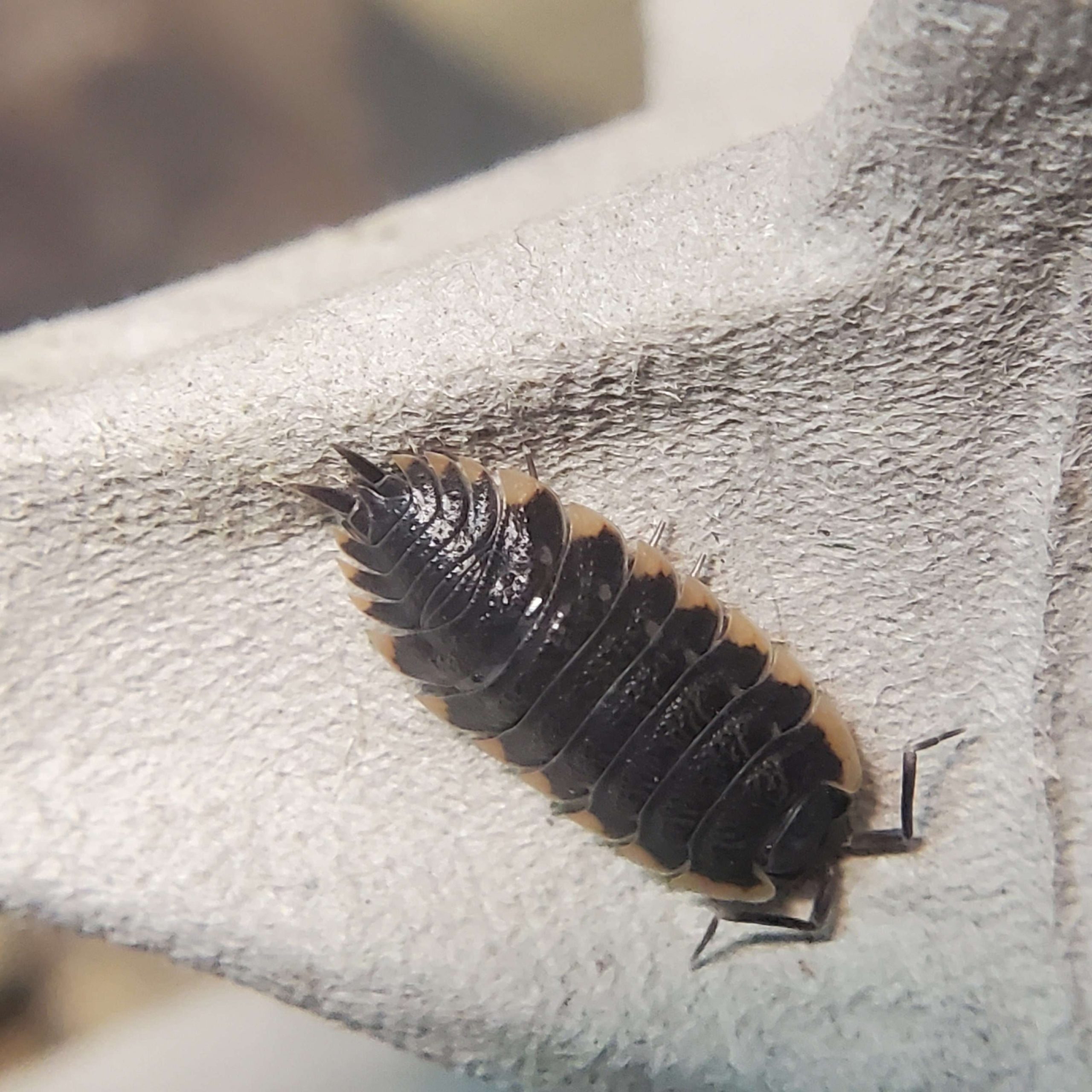Although Trachelipus isopods are amazing animals, like many others they are prone to different misunderstandings. These misconceptions could result in incorrect treatment and a lack of value for their crucial ecological contribution. We shall disentangle the facts behind some of the most often held misconceptions regarding trachelipus isopods in this post.
They Reminiscent of Pill Bugs
One often held belief is that Trachelipus isopods are exactly like pill bugs. Although they both are in the same order, Isopoda, Trachelipus species are unique from pill bugs, usually members of the Armadillidae family. Trachelipus isopods have a quite different body shape and behavior than pill bugs. Usually not as skilled as pill bugs are in rolling into a ball, Trachelipus isopods are. They are a separate species with particular demands since they also choose somewhat varied habitats and food sources.
They Reside in Arid Conditions.
Many people wrongly think Trachelipus isopods can withstand dry conditions just because they usually live in wet surroundings. These species, however, are quite sensitive to dryness and need a constantly humid surroundings to survive. Trachelipus isopods can rapidly become dehydrated at too low humidity, which might cause health issues or perhaps death. Their habitat should have a humidity range between 70 and 80% to guarantee they remain hydrated and healthy for best maintenance.

These are low-maintenance pets.
While Trachelipus isopods are relatively easy to care for, they are not completely low-maintenance. Some new keepers assume that these creatures require no attention beyond basic feeding, but they need careful monitoring of their environment, particularly humidity and temperature. Regular misting, providing adequate food, and maintaining proper substrate moisture are all essential components of keeping Trachelipus isopods healthy. Failing to meet these needs can result in stress, molting issues, or an unhealthy population.
They Don’t Reproduce Easily
Some people believe that breeding Trachelipus isopods is a challenging task, but in reality, they are quite easy to breed if the right conditions are provided. These isopods reproduce through sexual reproduction, with females carrying fertilized eggs in a brood pouch until they hatch. A healthy and stable environment, with consistent humidity and proper nutrition, is all that is needed to encourage breeding. Once the colony is established, the isopods will reproduce at a steady rate, and young mancae will appear, resembling miniature adults.
Despite their many benefits and fascinating characteristics, trachelipus isopods are often misunderstood. By clearing up common misconceptions, we can ensure that these creatures are given the care and respect they deserve. Understanding their true needs—such as humidity, habitat, and care—can help keep them healthy and thriving in captivity.

